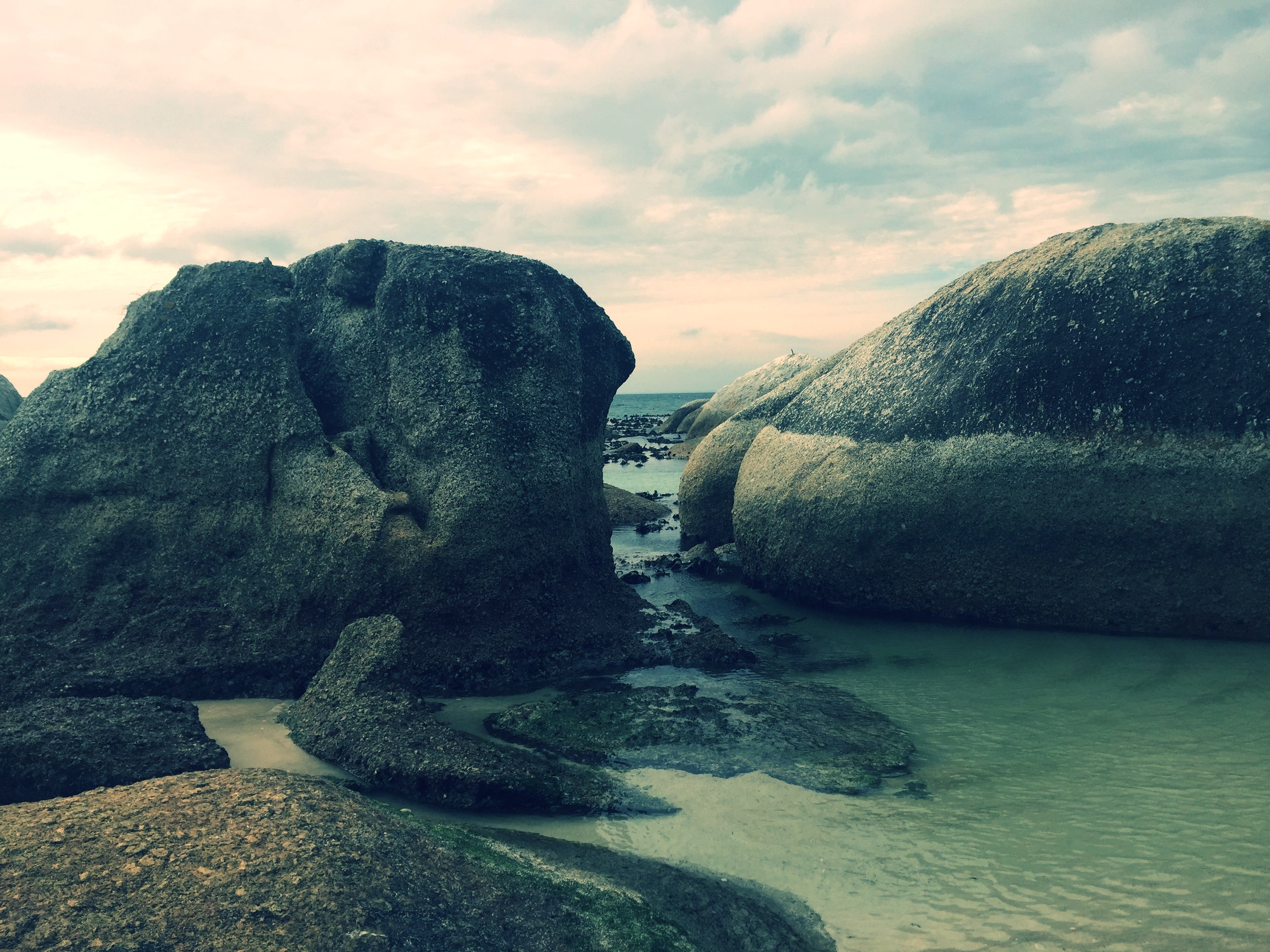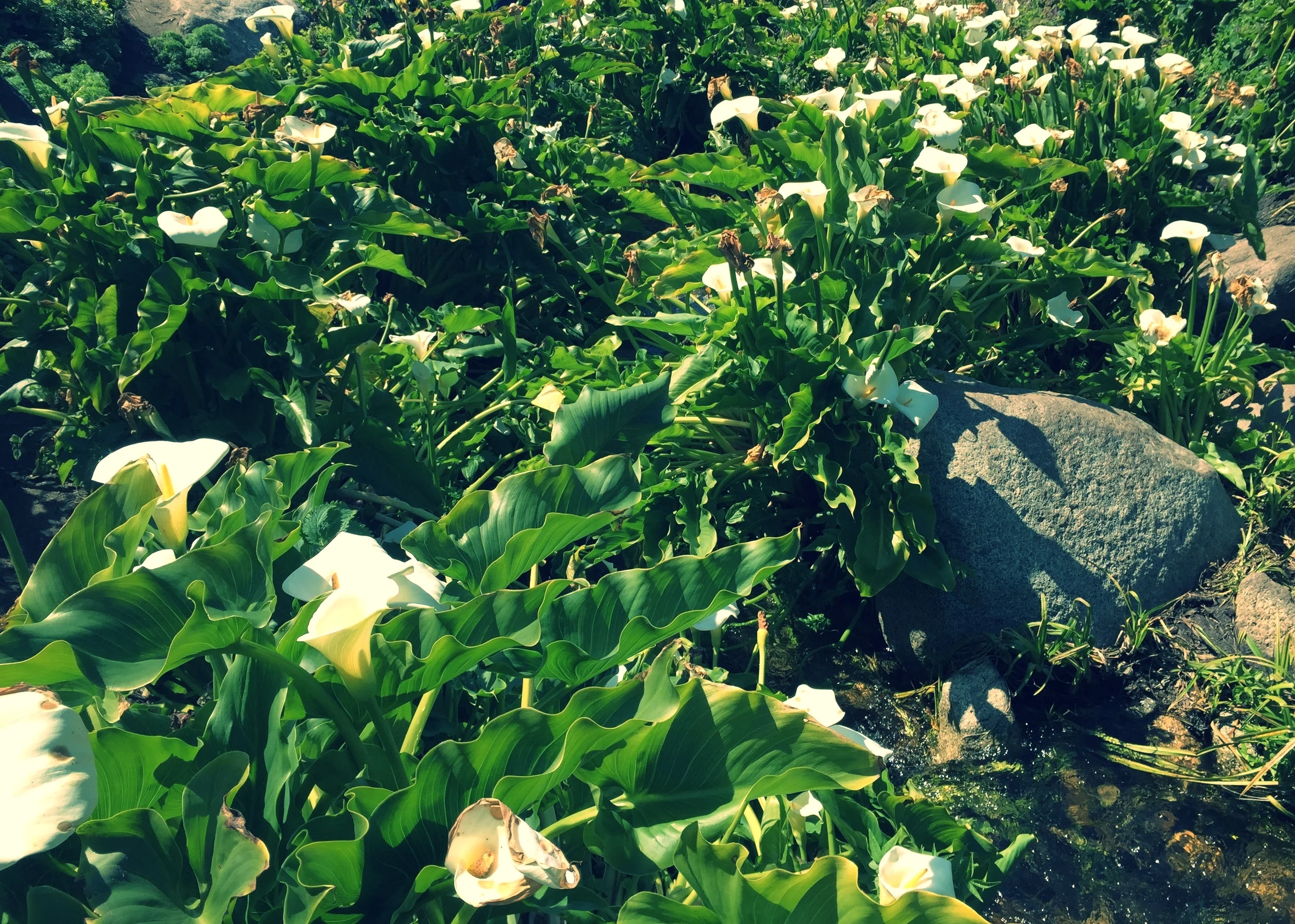Asexual Insight on the Male Homoerotic Body
When articulating thoughts regarding asexuality, discussion often centers on those processes, structures, and politics which “other” us, as does this essay. This isn’t to locate myself and fellow ace-identified people definitively as a singular “Other”, but rather to interrogate far-reaching politicisations that cause us all to individually, as well as collectively, become marginal. Indeed, asexual writing can and does centre asexual experience(s), and learns “from” them. In this instance however, I place the starting point of this argument as the asexual experience, insinuating that such writing is contingent on an asexual involvement with the subject matter. An exploration of the asexual body requires appropriate understandings of the makings of sexual bodies. Attuning writing to marginalisation, ahead of experience (though the two are simultaneously linked) lays bare potential pathways for asexual reimaginations and liberation. This essay therefore attempts to unpack gay male sociality through critical markings of ‘desire’ and description of ‘markets’, amongst other observations, in order to highlight the profound entanglement of sex within gay male communities.
Bodies, it seems, are not as individual as one might assume. Moving through space, they sit within and disturb various threads that form a spun web of meaning pertaining to - for the purposes of this essay - the body, and whose effects play out there. One may refer to this web as “culture”. The body lies across it, and therefore is delineated by narrative threads of class, race, gender, ethnicity, normative ideas of ability, and the list goes on. It is informed by and transforms their influential threads in its very materiality. That is to say we internalise, consume, and embody a culture saturated with meaning and sex. Sex mediates in part through desire, which is both a product and a driver of the cultural capital afforded to/through race, class, gender, ability (...). Desire nests itself within bodies, and is also enthusiastically taken up and reproduced by them, such that it structures sexual inequities psychologically and socially through an interpersonal, intercorporeal ‘gaze’. The body is at once a canvas of desire - sexual, aesthetic, classed, raced (...)- that is detailed and coloured by an erotic gaze, as well as the locus from which desire might, and does, emanate and (pro-)create, and where desire is readily received. To elaborate, the individual acquires desire(s) out of sexed-culture, which connect the individual’s body to other bodies psychically through erotic gaze. Desire, administered by socio-sexual gaze not only subjects the body of an(-)other but is also readily taken up by a subjected body in acts of conformity which too, are desired.
The web of culture that bodies hold themselves within and traverse is, then, spun from (sexual) desire itself and along the lines of social inequity that hold together a perilous, yet resilient, norm. However, placement and performances of bodies in relation to this context vary, as does a corresponding, corporeal value. A pursuant political economy operates, then, according to certain sexual-cultural laws. The asexual body - nonetheless sexed, classed, gendered, racialised (...) through extrogenous gazes and one’s own performances - is denied the socio-sexual capital that desire dictates. By way of repetition: despite an erotically-driven plurality of sexualisations within (Western) culture, which is acted out of and upon bodies, those bodies which do not engage normatively with sexual conventions and attractions, if at all, are marginalised and valueless.
Culture is of course not singular. The contours of significance within economies of social capital fluctuate with context. Inequities are still reproduced or altered, like smaller or separate webs in reference to the aforementioned entanglement. Within the gay community, the context from which I write, such a thought proves useful. (Neo-)Liberalism and individual freedoms do little to liberate bodies from the meaningful strands that they operate along and across, rather, they engage in internalising and reproducing these strands. Masculinity remains cooly dominant, whiteness retains its assuredness, disability continues to be largely overlooked, and class, to name some examples, is exoticised or fetishised. Shifted, yet similar, powers within gay culture operate, by and for ‘desire’ - a desire still heady from recent decades of newly permitted sexual autonomy, freedom, and visibility. Desire thus, crucially centres on the appearance and practiced behaviour of a ‘body’, and from a point of cultural specificity pertaining to the desirability of certain class(es), race(s), gender(s) (..), gazes. In doing so, desire is able to ascribe value onto gay bodies in a way that is specific to the community. The narratives that are concluded upon by and enacted out through a homoerotic gaze are taken up, learnt, repeated, practiced, and reified by those scrutinized bodies: perhaps in cathartic conformity.
Further, gay male bodily dynamics desire categorisation for consumption. Categorisation of bodies, allowing for variety in a strict production of typified figures: “bear,” “twink,” “otter,” “geek,” “jock,” et cetera., originates both from a strict adherence to sexual and social capital within the community, but also for the utilisation of that capital within Western gay male political economy, through consumption. It follows that gay male bodily politics physicalises sexual literacy. This is to say that communication becomes contingent on mutual adherence to and understanding of (homo-)erotic bodily codes. To provide an example: a body endowed with little hair, fair skin, a slim physique, and youth will be categorized as “twink” within a homoerotic desirability framework, whether the occupant of said body consents or not. Within the name “twink” lies the aforementioned bodily traits as a kind of shorthand, but also expectations of behaviour, temperament, preferences, all imbued with sexual meaning. It is also worth noting the great variety of categorisation afforded to white bodies in contrast to a remarkable homogenisation of black and brown bodies. Thus, a culture of socio-sexual consumption emerges within gay male communities. Moreover, it emerges out of a “desire to desire”, in which homoerotic desire is fundamental to gay sociability, and that operates through socio-sexual categorisation and capitalisation.
Yet, the self is an active agent in these processes too. One’s own body is not just a site of construction (gazed and desired into certain sexual types), but becomes also a site of autoconstruction. Just as one consumes and desires within the realm of the gay male sexual economy, they also consume oneself. Conforming in gay male sexual markets is survival in as much as it is control, because of the way such politics have emerged unchecked by privilege within the community. (White) gay male ‘aesthetic’ is a widespread, well-known, and importantly marketable phenomenon and practice, in which the body is the subject of homoerotic desire, as well as its host and form. The paradox of sexual politics is that one steps into being both a consumer and the consumed, the acknowledgement of which also leads the self to consume and appraise the body of the self against and in likeness to the subject/other. This is perhaps accentuated in the gay male circle, as physical likeness prompts bodily categorisation. The desire to be categorised, and thus affirmed, desired, and validated, embodies complicity in a process of bodily caricaturisation that the body, with its agency, tends to strive towards.
Consumption and autoconsumption become key themes when put against contemporary incidences of gay male eating disorder, self-harm, and over exercise (which needless to say, also overlap). The body, in being a site of homoerotic desire, is subjected (by the self) to commodification in a brutal process. These issues are too often not attended to in compassionate ways due to community-wide silence and taboo, owing to the complex structuring of gay male desire and sexual economy as a self-congratulating, self-regulating, and self-policing system that enforces and applauds conformity.
To centre the above in the asexual experience requires the acknowledgement that sexual proficiency, literacy and conformity demand to be learnt by all in the gay community, regardless to what extent they experience sexual attraction, if at all. An asexual criticism brings the powerful markets of homoerotic desire into question, and in doing so, highlights the way bodies are subjected and categorised in harmful ways. Gay and queer asexual masculinities could challenge erotic bodily regimes but at the same time exist precariously within them. What is certain is that critical asexual rigour can help to further explode and explain the wide, deep webs of sexual culture that we find ourselves tangled within.





